The Viceroy seaglider is a proposed new electric passenger craft to skim the waves at speed
Electric propulsion finds a new outlet in Regent’s Viceroy seaglider, a coastal transporter that uses wing-in-ground effect to achieve its startling speed
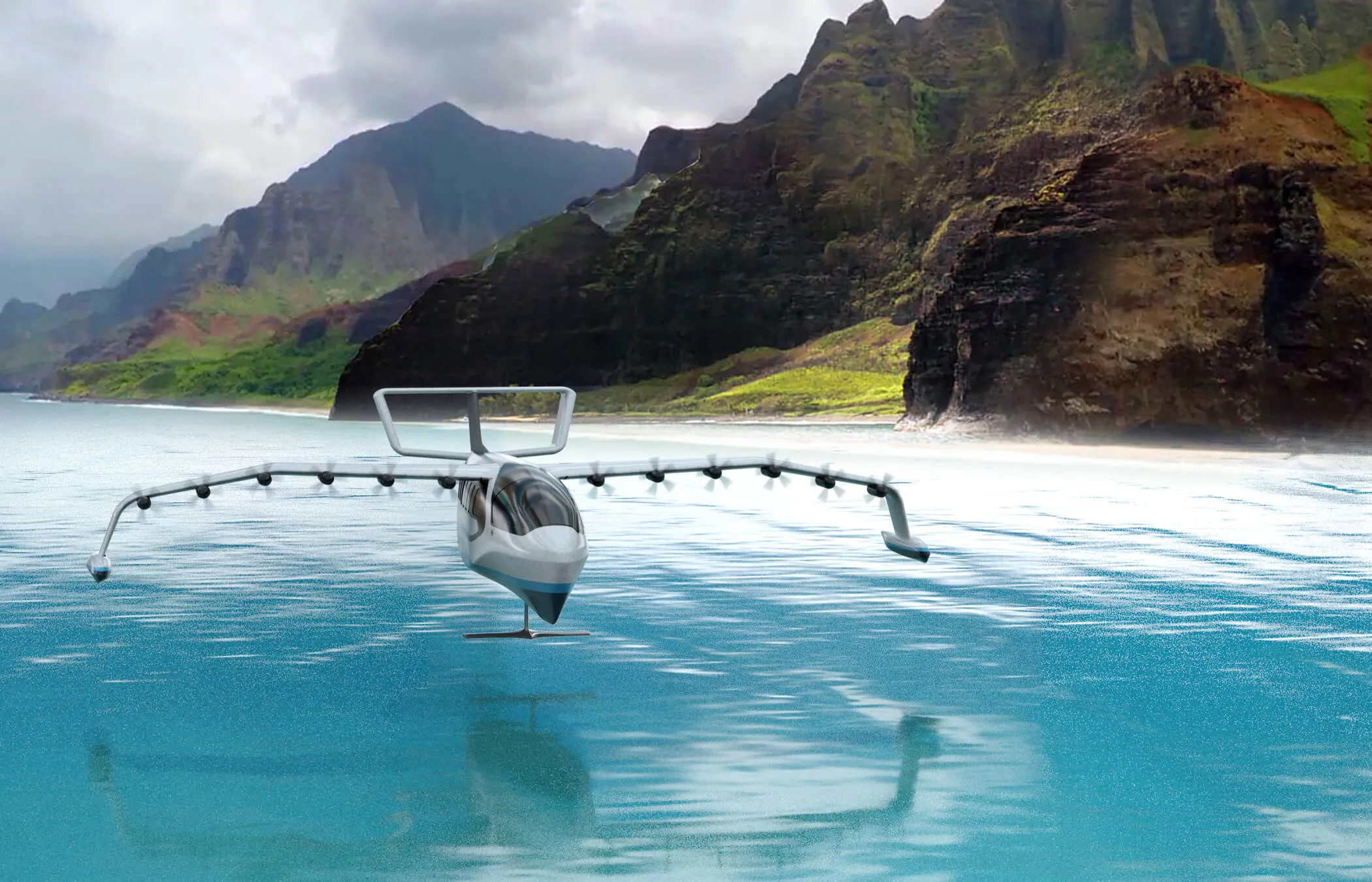
This is a seaglider, a new class of vehicle from the small Rhode Island-based manufacturer Regent. Dubbed the Viceroy, the company’s first model is now in prototype form with the intention of creating a multi-purpose transport for coastal and lakeside communities around the world.
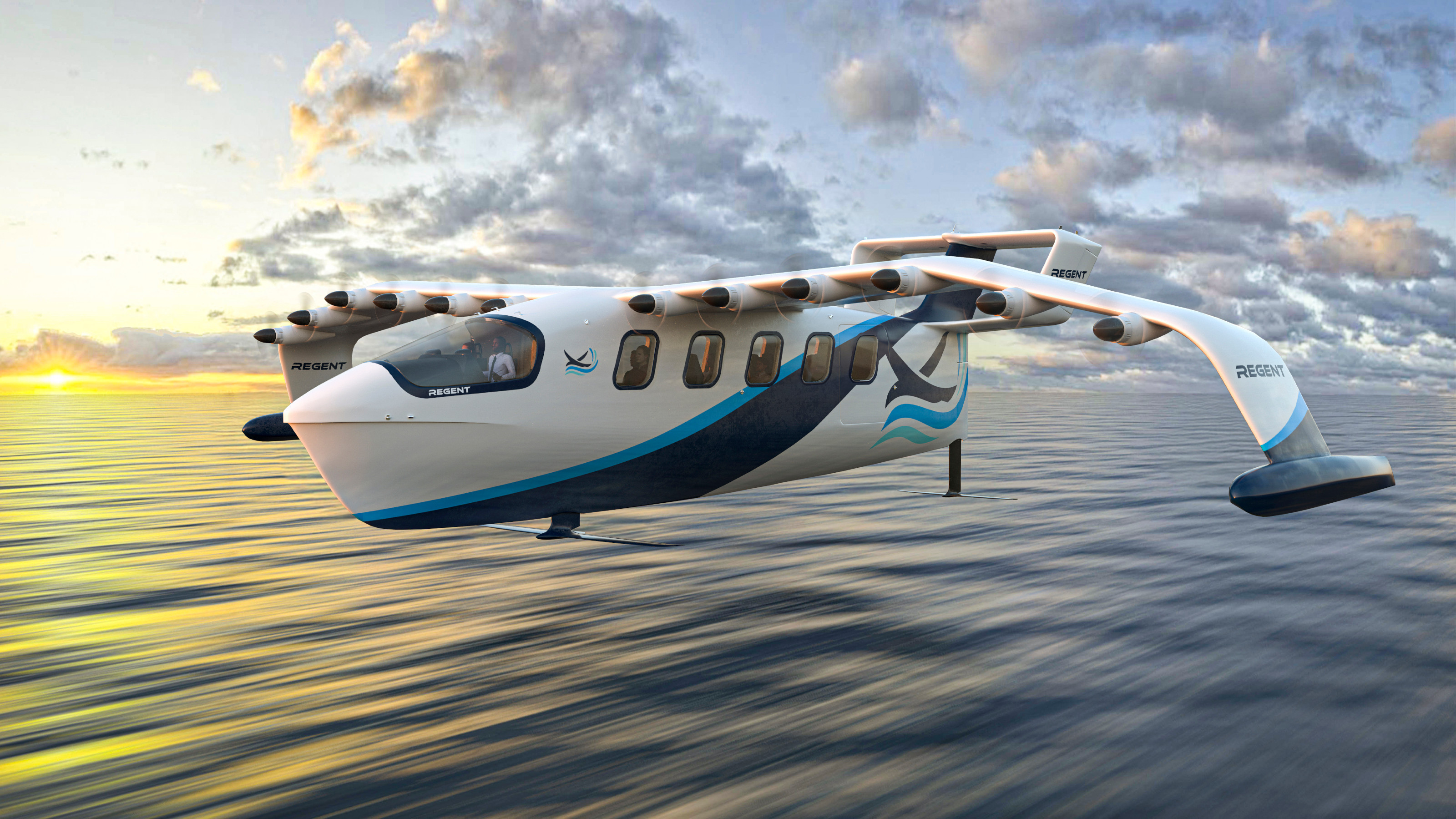
Regent Viceroy seaglider
A couple of decades ago there was a groundswell of interest in a long-forgotten Soviet-era technology; the ekranoplan. Originally intended as military vehicles, ekranoplans are a strange hybrid of aircraft and boat. Classified as the latter, they operate on, or rather just above, the surface of the water, using the aerodynamic effect known as ‘wing-in-ground effect’. This occurs when a wing surface is flown at speed close to a level ground surface, with the resulting cushion effect of air effectively supporting the vehicle with much lower drag.
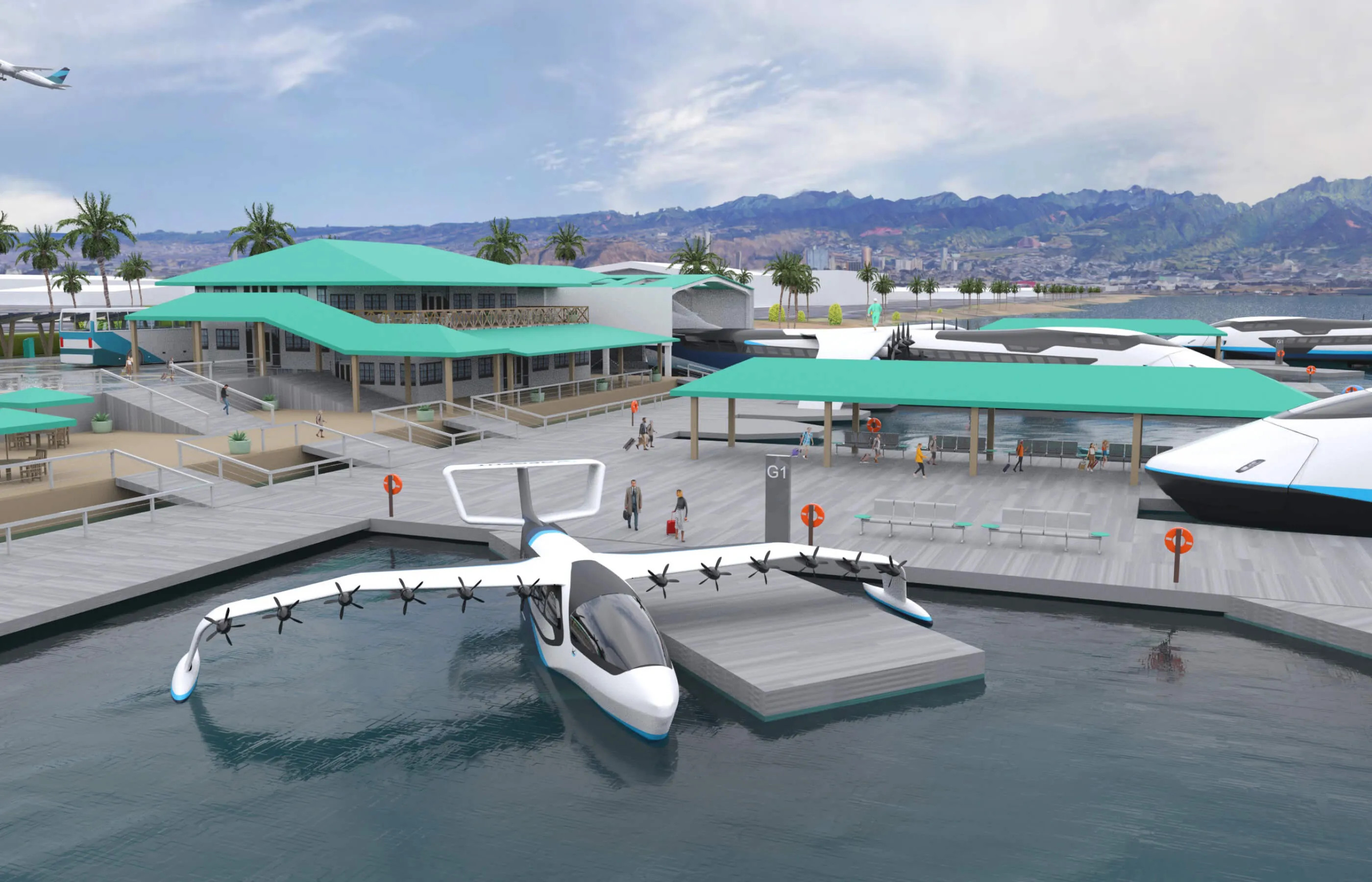
A render of the Regent Viceroy seaglider
The Soviets went big, culminating in the vast KM, a prototypical ten-engined, 500-plus tonne craft that was dubbed the Caspian Sea Monster. That crashed in 1980 but inspired the Lun-class ekranoplan. Just one was built, capable of cruising at over 300mph and carrying a battery of guided missiles. It was an intriguing transportation dead-end, a piece of Soviet-era ingenuity and grand technological gesture.

A render of the Regent Viceroy seaglider in foiling mode
The dream of a workable wing-in-ground-effect vehicle has never gone away and smaller, less hefty, craft have been made in recent years. The system’s efficiency, plus the close proximity of the ground in the event of an engine failure, makes the technology ideal for electric propulsion. That’s where Regent comes in. The company, an acronym for ‘Regional Electric Ground Effect Nautical Transport’, was set up in late 2020.
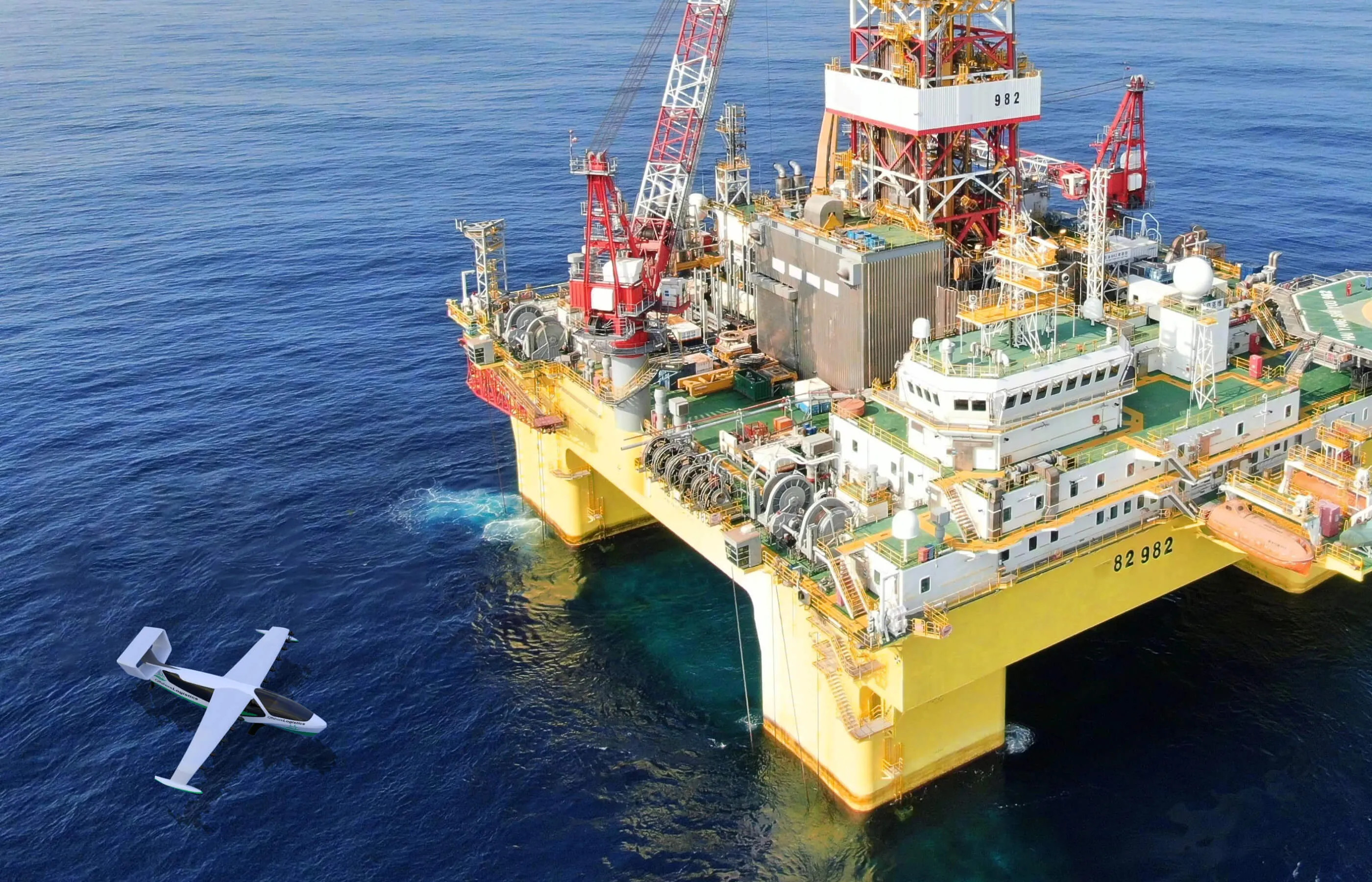
A render of the Regent Viceroy seaglider as a commercial transit
We spoke to Regent’s data analytics manager, Estefy Castillo Villarreal, about the genesis of the project and the company’s aspirations for the future.
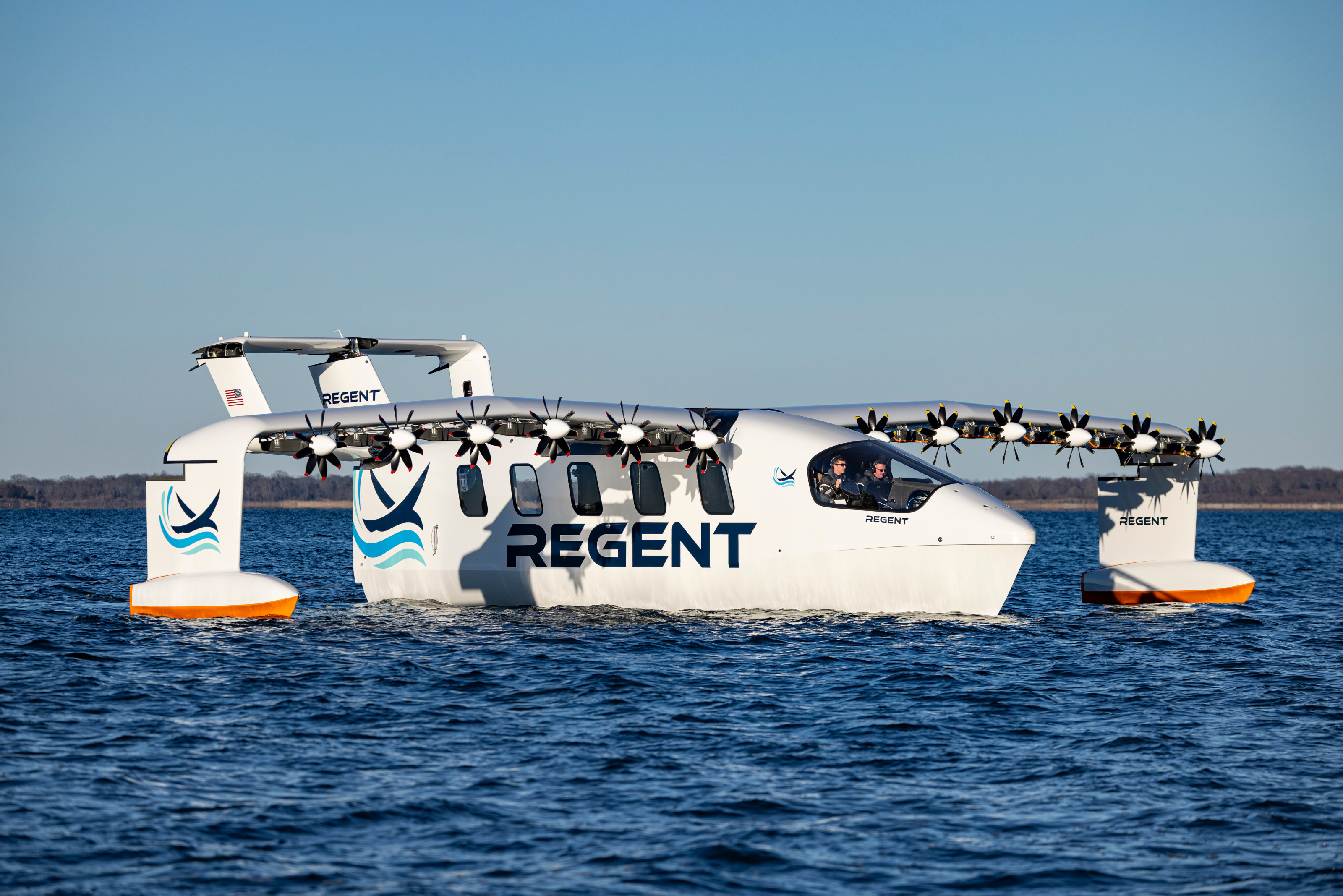
The full-size prototype of the Regent Viceroy seaglider
Wallpaper*: How long has the project been in development?
Estefy Castillo Villarreal: We successfully flew our quarter-scale prototype in 2022, validating seaglider technology, and we began sea trials of the full-scale Viceroy seaglider prototype in March 2025.
Receive our daily digest of inspiration, escapism and design stories from around the world direct to your inbox.
W*: Where did the idea for the configuration and flight method come from?
ECV: Seagliders operate in three modes: floating on the hull, foiling above the waves on hydrofoils, and flying in ground effect within a wingspan of the surface of the water. To do this, they leverage existing enabling technology, such as wave-tolerant hydrofoils from high-speed racing yachts, electric propulsion, and fly-by-wire systems to form a new type of wing-in-ground (WIG) craft.
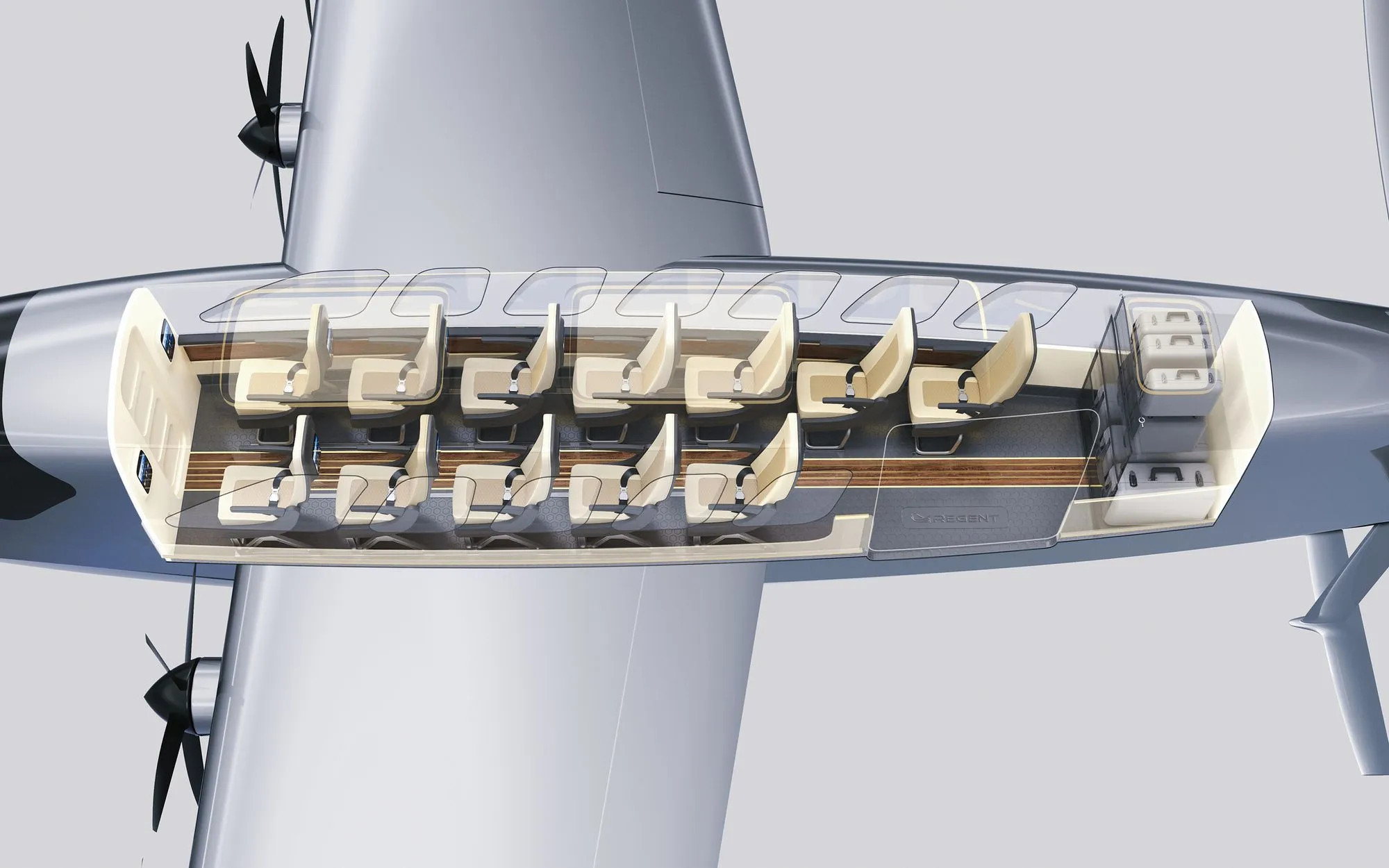
Commercial passenger configuration in the Viceroy
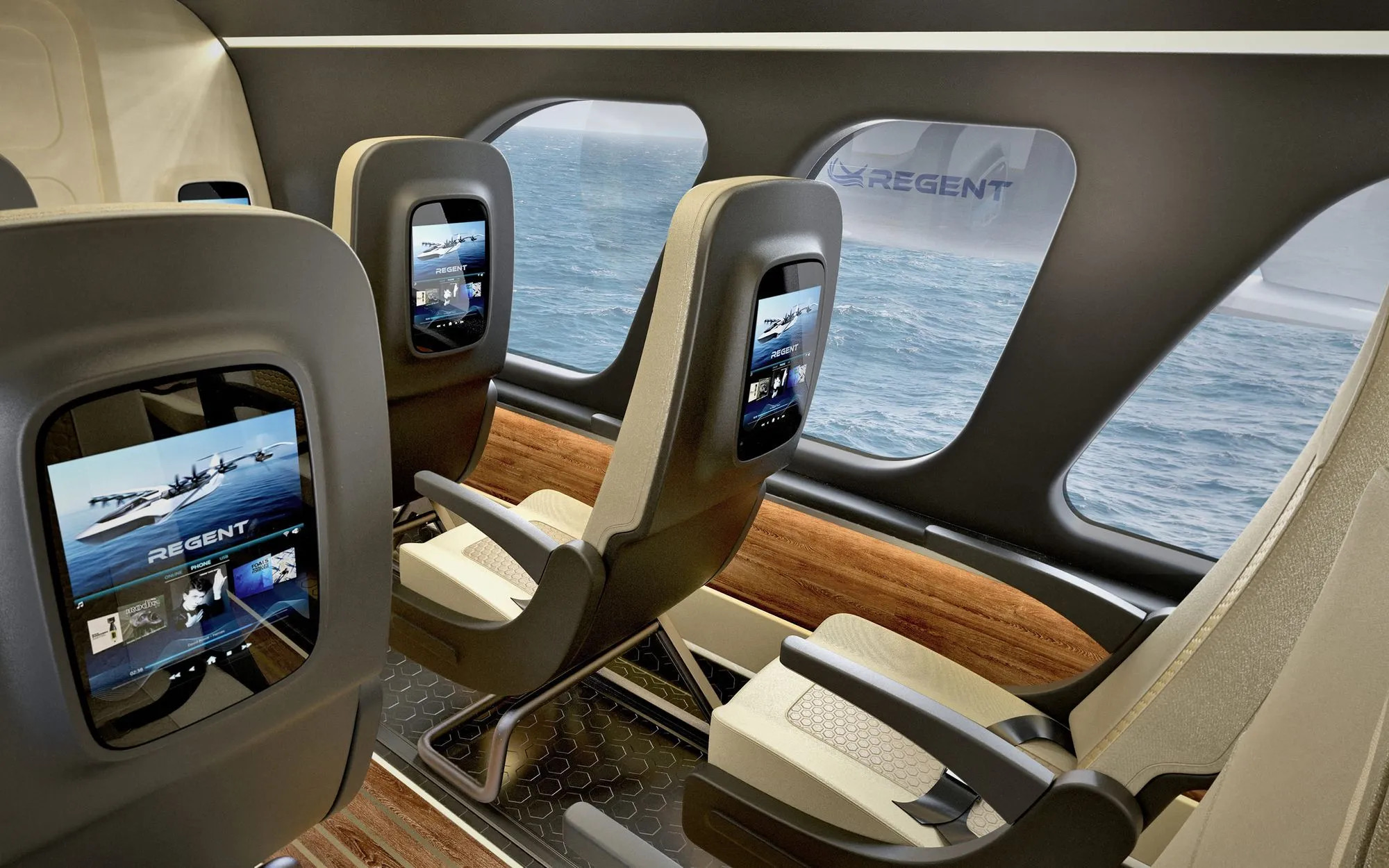
Regent Viceroy seaglider passenger cabin render
W*: How many prototypes were made?
ECV: We have made one quarter-scale prototype and one full-scale Viceroy prototype.
W*: Do you have any pre-orders?
ECV: Yes, we have a backlog with a total value of over 9 billion USD. We have order holders across six continents.
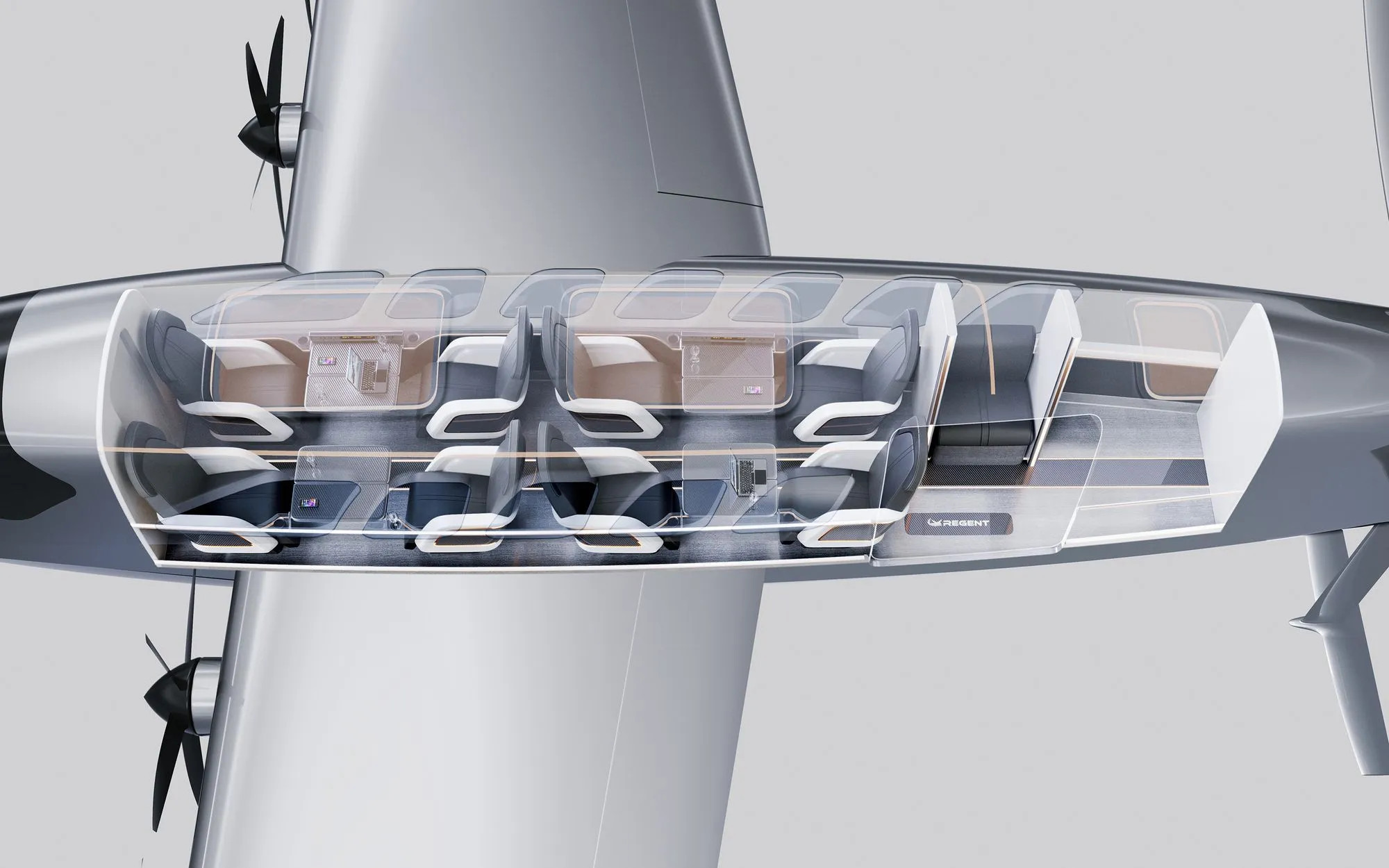
VIP passenger configuration in the Viceroy
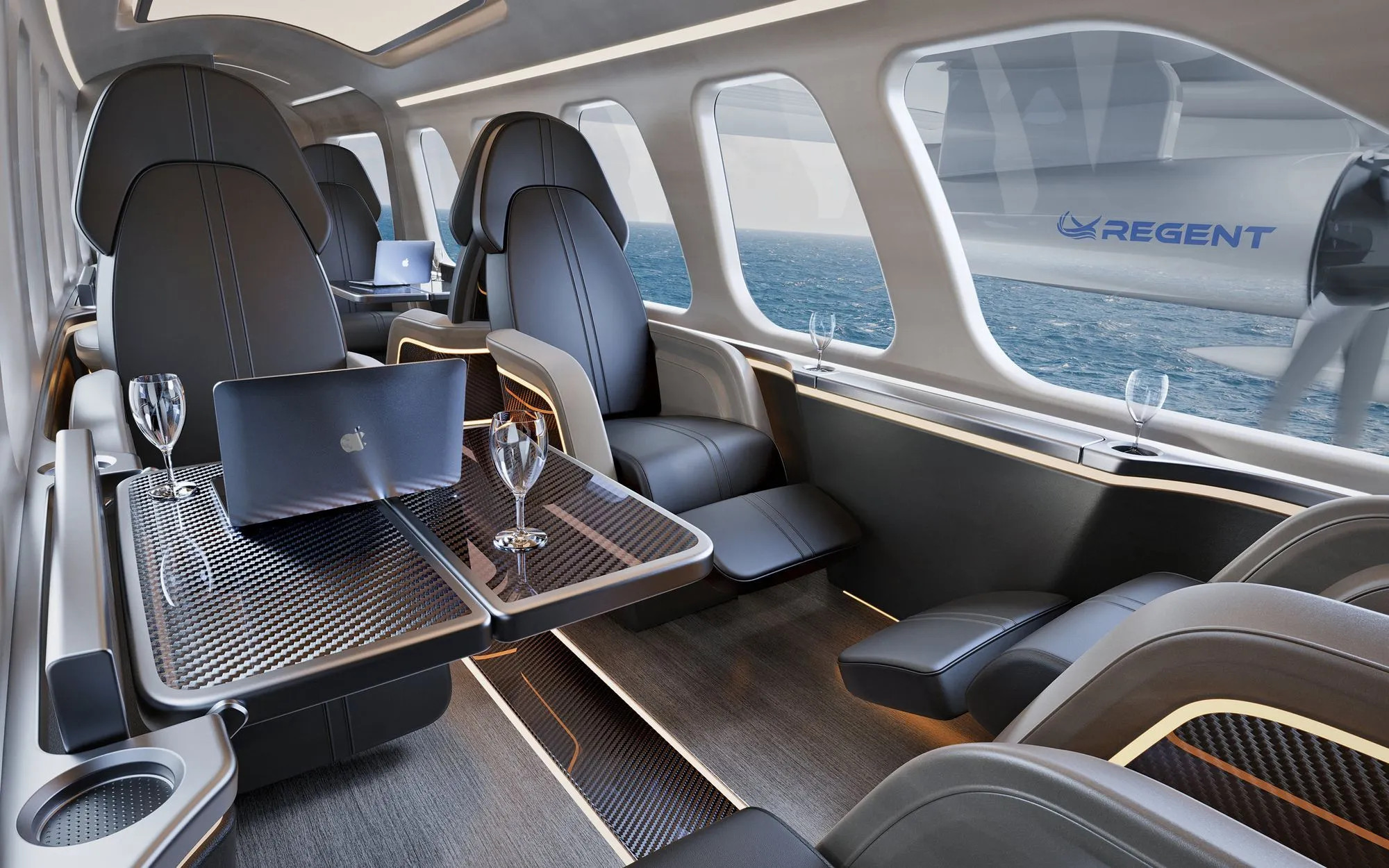
Regent Viceroy seaglider VIP passenger cabin render
W*: What sort of routes do you envisage the Viceroy running?
ECV: Seagliders are a highly versatile platform. Viceroy is capable of operating coast-to-coast routes under 180 miles at speeds up to 180mph. Across the globe there are millions of passengers travelling these routes already. Some high-demand geographies we have identified include Hawaii, Japan, UAE, Greek Islands, South Florida, the Caribbean, and more.
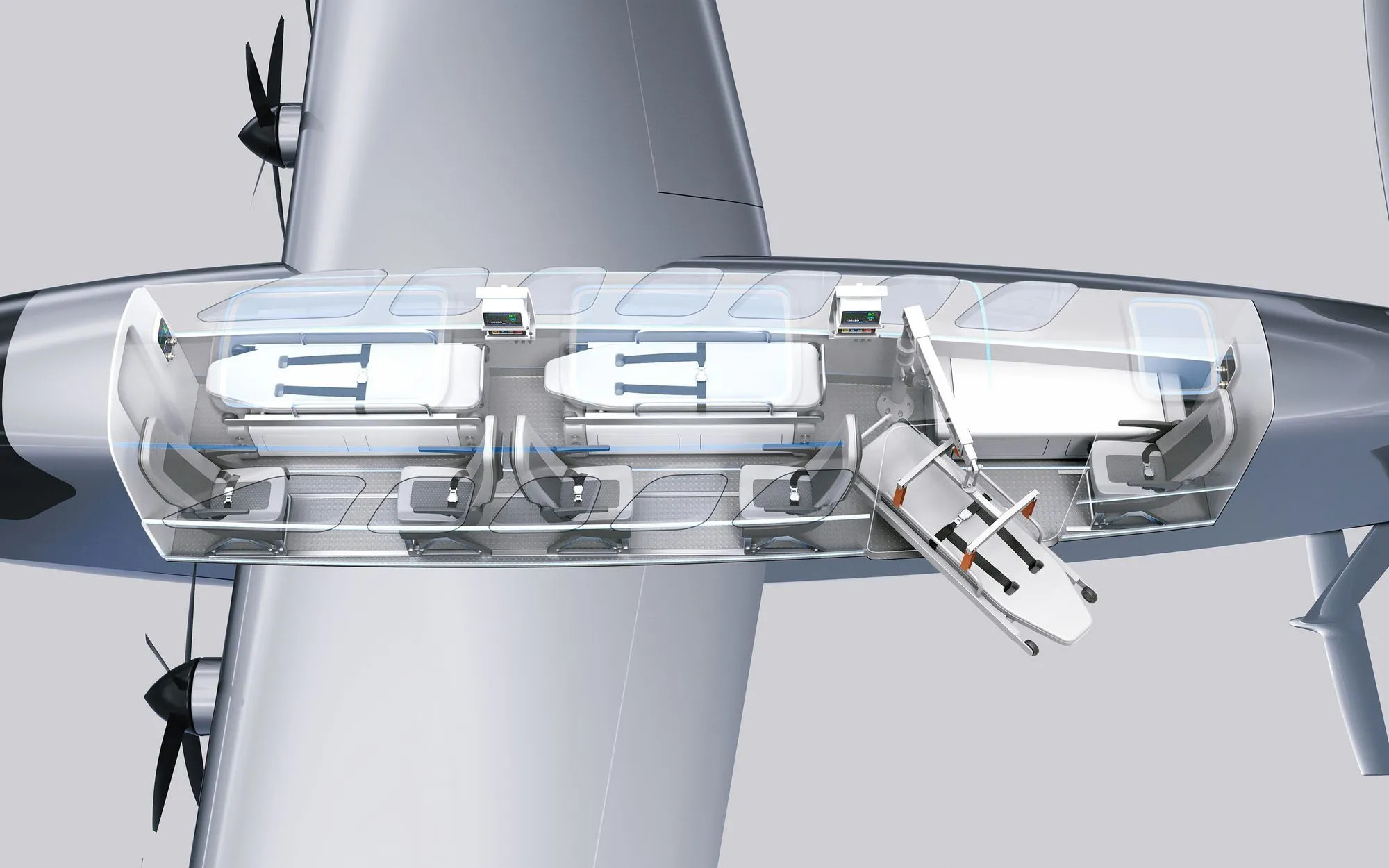
Medical transport configuration in the Viceroy
W*: What sort of expected performance statistics can you supply?
ECV: The Viceroy seaglider will have three modes of operation: float, foil, and flight. Each mode will have the following performance statistics: float up to 20kts, foil between 17 and 50kts and fly between 45 and 165kts. The vehicle has a max range of 180 miles and a max cruise speed of 180mph. Viceroy has a capacity of 12 passengers or 3,500lbs of cargo.
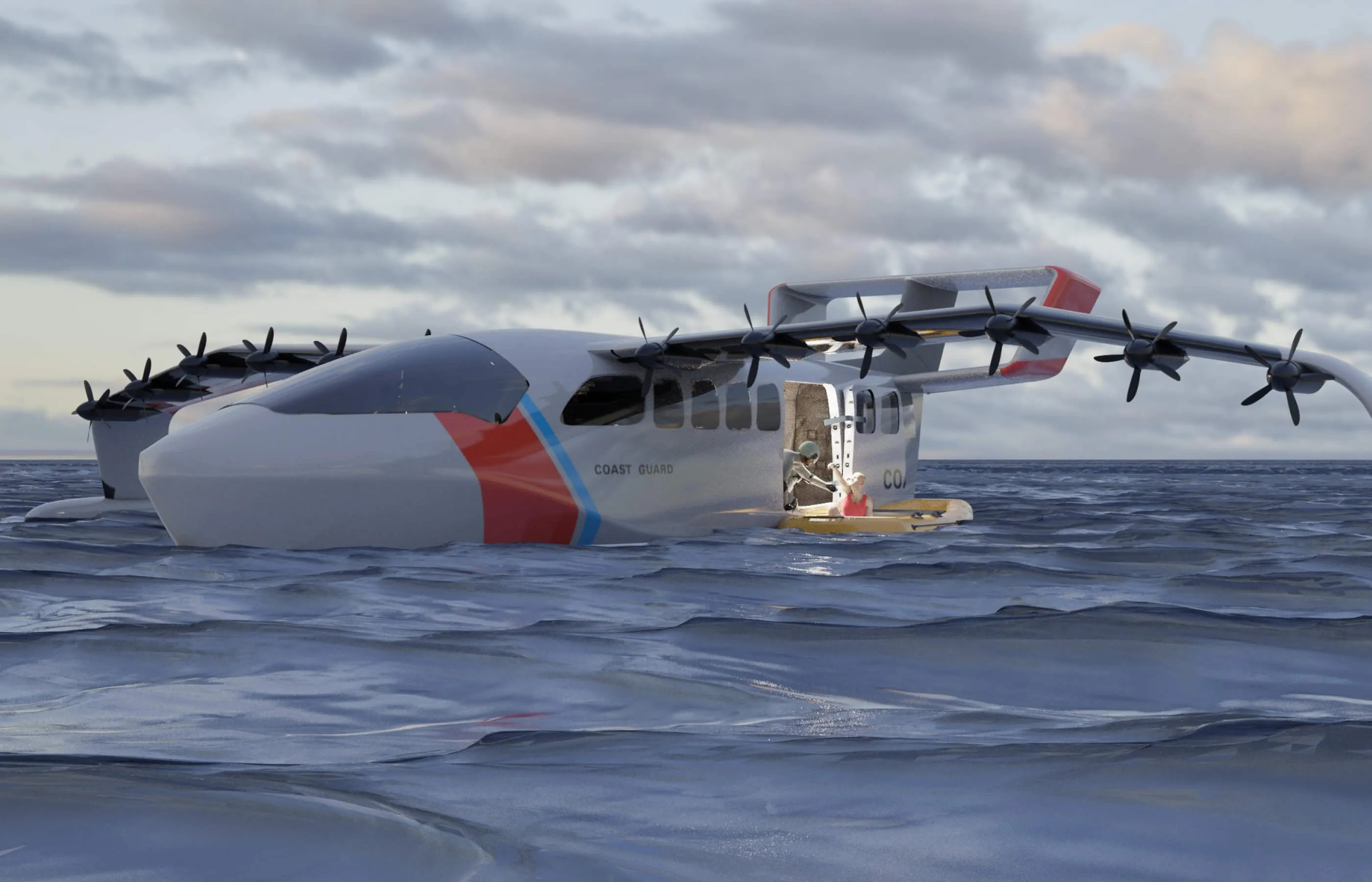
Regent Viceroy seaglider render
W*: Where will the plane be manufactured and approximately how much will it cost?
ECV: Seagliders are manufactured in North Kingstown, Rhode Island, in the United States. We don’t disclose cost, but our vessel is very competitive when compared to similarly sized craft.
W*: Are there any other applications besides passenger transport?
ECV: Yes, seagliders are a versatile platform that can be adapted to multiple mission sets, including cargo transport, emergency response, offshore energy logistics, and defense operations.
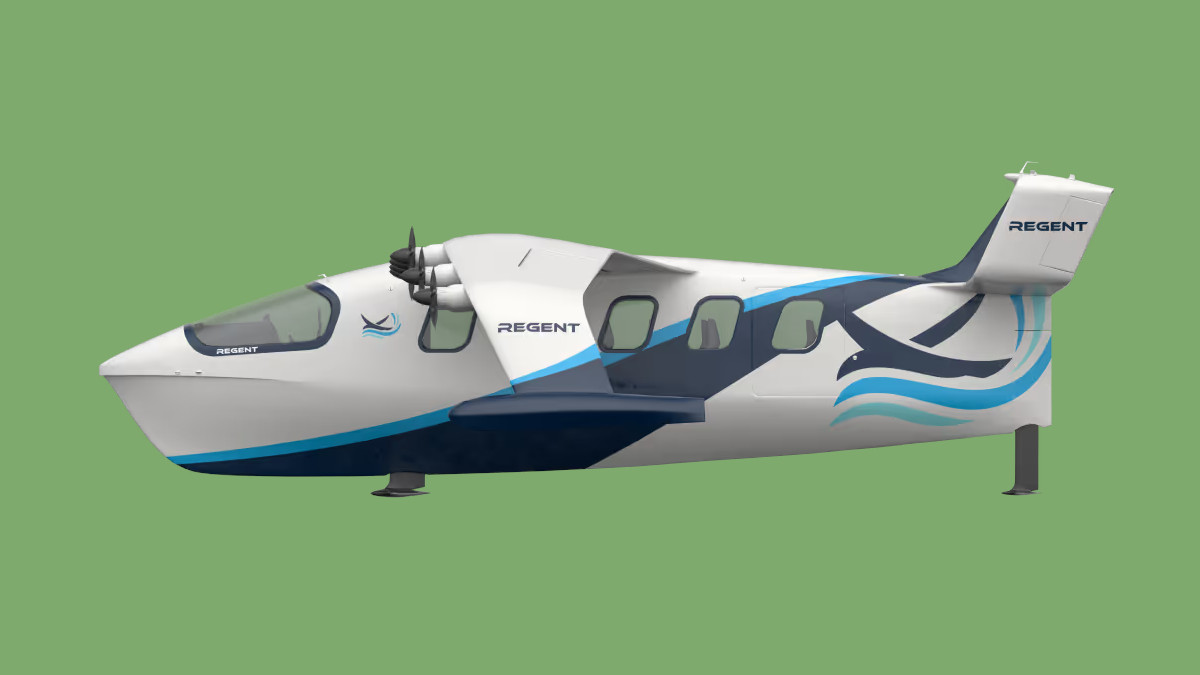
Regent Viceroy seaglider render
More information at RegentCraft.com, @RegentCraft
Jonathan Bell has written for Wallpaper* magazine since 1999, covering everything from architecture and transport design to books, tech and graphic design. He is now the magazine’s Transport and Technology Editor. Jonathan has written and edited 15 books, including Concept Car Design, 21st Century House, and The New Modern House. He is also the host of Wallpaper’s first podcast.
-
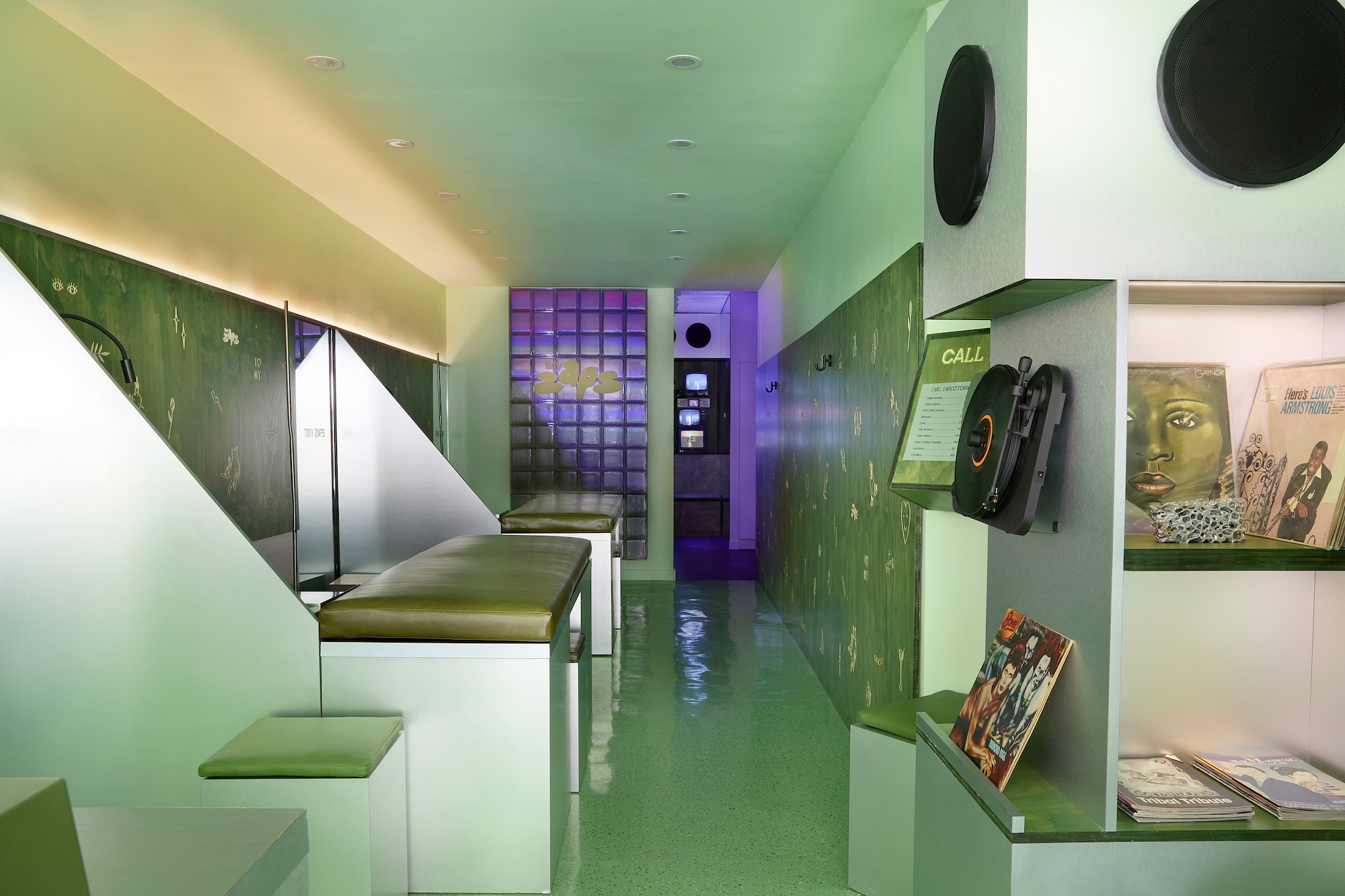 Terrified to get inked? This inviting Brooklyn tattoo parlour is for people who are 'a little bit nervous'
Terrified to get inked? This inviting Brooklyn tattoo parlour is for people who are 'a little bit nervous'With minty-green walls and an option to 'call mom', Tiny Zaps' Williamsburg location was designed to tame jitters
-
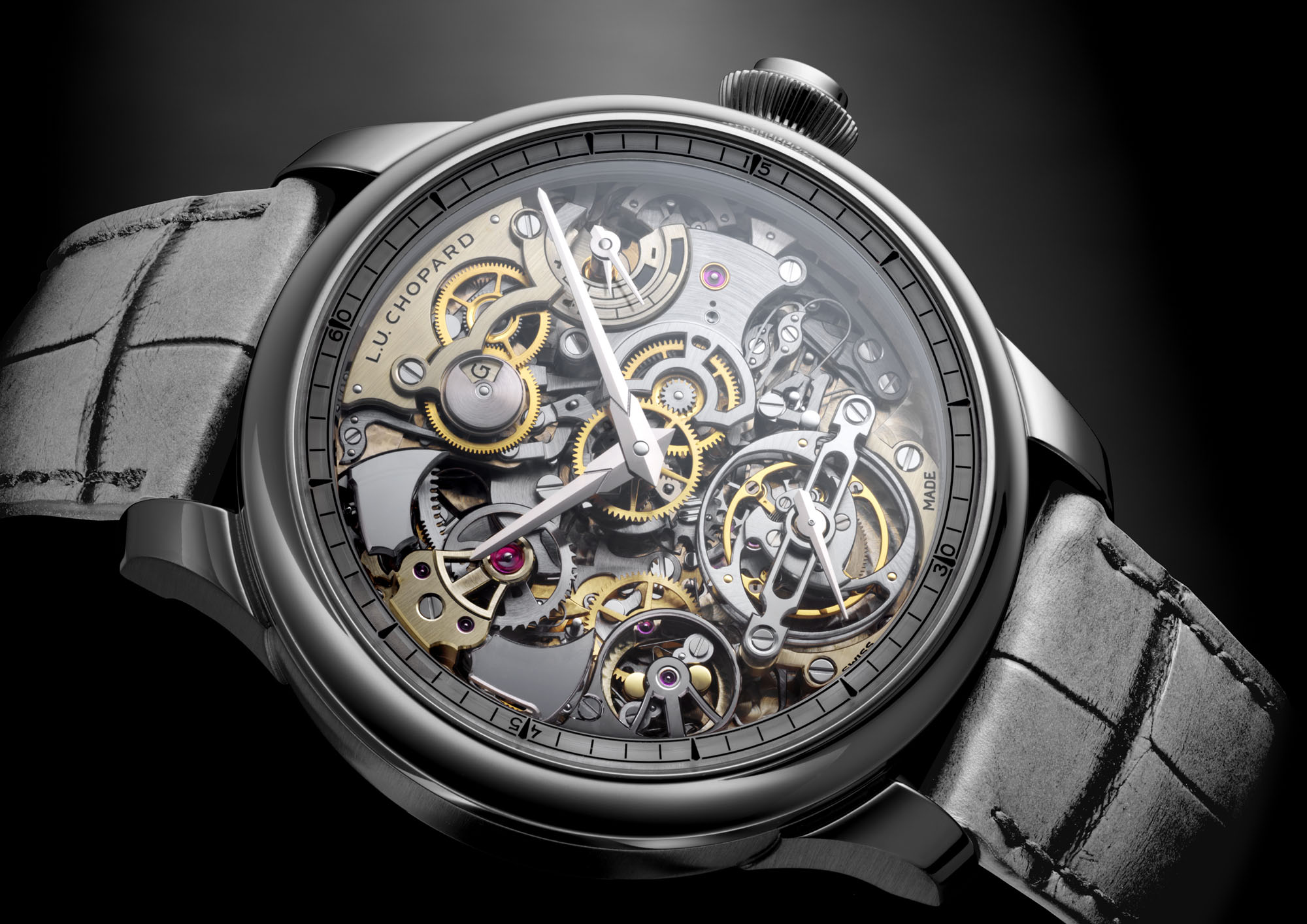 Let’s hear it for the Chopard L.U.C Grand Strike chiming watch
Let’s hear it for the Chopard L.U.C Grand Strike chiming watchThe Swiss watchmaker’s most complicated timepiece to date features an innovative approach to producing a crystal-clear sound
-
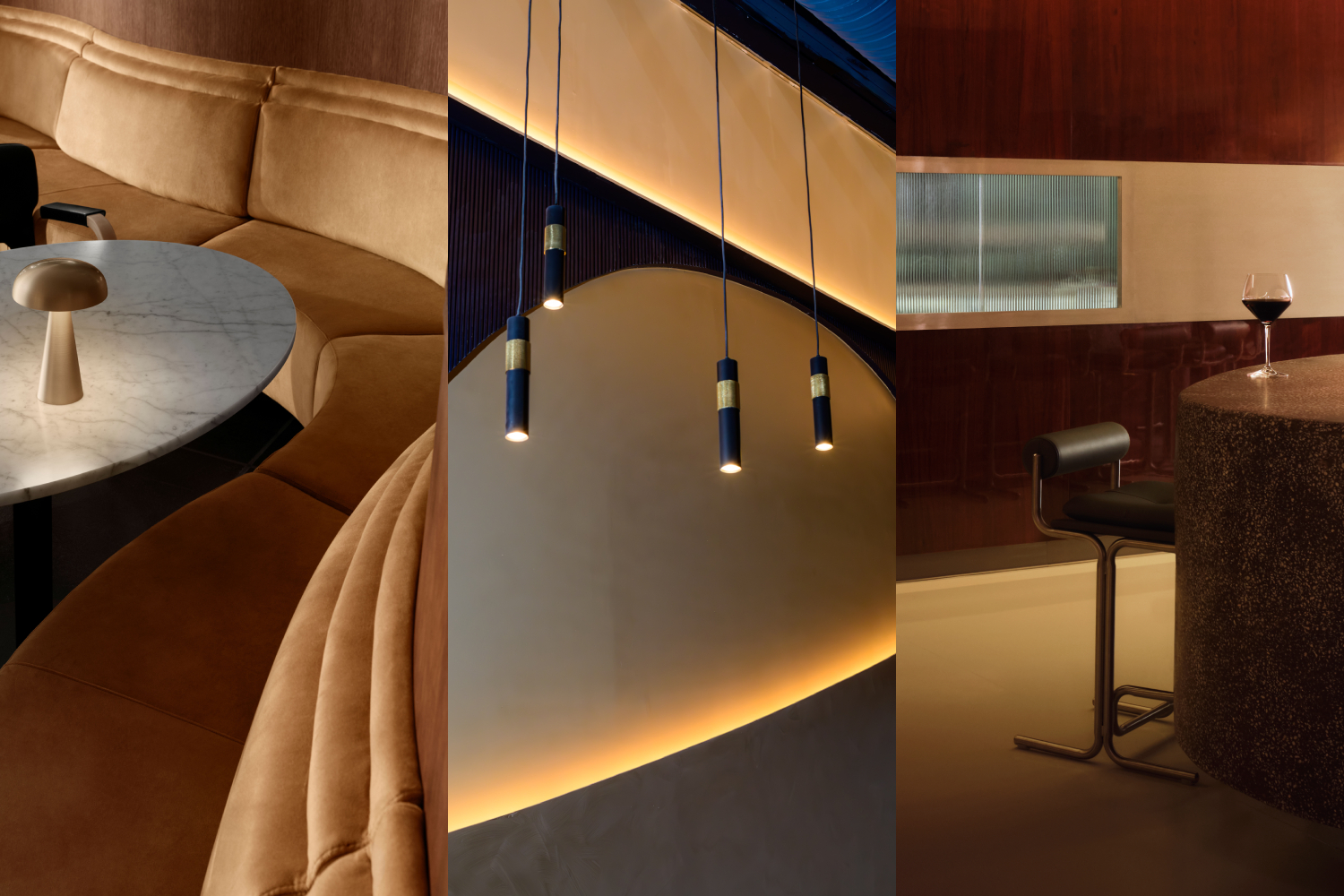 Form... and flavour? The best design-led restaurant debuts of 2025
Form... and flavour? The best design-led restaurant debuts of 2025A Wallpaper* edit of the restaurant interiors that shaped how we ate, gathered and lingered this year